Scientific discoveries and the results of research related to the introduction of digital technology in schools have significantly affected teaching, learning, psychology, and pedagogy have forced educational institutions to adopt new teaching methods to be more innovative and responsive to better meet students’ needs. These new findings have influenced teachers’ teaching styles, approach choices, assessment perceptions, and learning environments, and they have also improved teachers’ perceptions of their students’ learning.
In the technology era, what has changed in learning theory? Has teaching and teachers education adapted to the new generation of education technology, and are teachers successfully using this evolving style of education? This essay aims to reflect on the current changes in didactics because of innovative technological teaching methods’ and analyze teachers’ understanding of them. This reflection attempts to answer the question of what ‘21stcentury changes’ in schools can lead to global educational equity?
The Impact of Artificial Intelligence (AI) on Schools Today
Formal education will probably never completely disappear, but it is evident that online education methods are becoming increasingly prevalent. According to Stanford University, ‘they will play an increasingly important role in learning at all levels, from kindergarten to university, making it possible to customize learning.
Using AI, online education systems will learn alongside students, understand their needs, and plan specifically designed itineraries for them. Moreover, learning analytics will likely accelerate the development of personalized learning tools. A related benefit of learning analytics is that it will amplify the development of new tools for personalized education.
AI-powered technology allows teachers to provide each student with an individualized learning experience. Furthermore, using assessment and evaluation data, teachers will be able to identify the educational needs of their students. Machine learning algorithms will help teachers discover exactly where students are having problems and where they need additional help. Moreover, students will be able to advance through their education more efficiently, and gifted students who are otherwise bored by easy tasks will be more motivated to complete their education because they will be able to go through the material more quickly and pursue new challenges.
In terms of innovation and proliferation, machine learning has rapidly developed across a wide range of social, professional, and educational domains. As a result, we need educational approaches and pedagogies that facilitate transformative learning and reorient educational curricula towards sustainable development.
AI and machine learning have contributed to the development of information and communication technology, which, when combined with AI, can serve as a basis for new teaching methods and
learning resources in every aspect of education worldwide. However, professional development, as a process of perspective transformation, is necessary, whereby prospective teachers critically examine their beliefs, assumptions, values, and personal theories as they learn technologies and acquire new knowledge.
Teaching using a goal-oriented process under the teacher’s leadership is aimed at acquiring knowledge and values. Learning involves acquiring skills, knowledge, behavior, and values. Training, observations, assessing, analyzing, reasoning, and experiences all contribute to these learning processes. According to Hattie (2009), clear and objective learning intentions assist learners to understand the purpose of the lesson, maintain the momentum of the learning processes, and make a difference in what students learn when faced with challenges. Teaching involves the same basic principles as learning, as follows:
- Teachers must have a systematic and reliable way of teaching.
- Pedagogy should focus on learning from a student-centered perspective, using student-centered methods, scientific research, and evidence-based learning with a blend of deductive and inductive instruction.
- The use of the “scientific” approach to gathering data to support students’ learning and explain similarities and differences between scientific methods is crucial.
- Analyzing students’ performance by assessing their knowledge is essential.
Teachers are often unsure of what learning goals should be when trying to foster understanding. When a teacher understands a student’s zone of proximal development (ZPD), they can determine the cognitive scaffolding of learning tasks and better assess the learner’s abilities. ZPD was defined by Vygotsky (1978) as ‘the distance between the actual development level as determined by independent problem-solving and the level of potential development as determined through problem solving under adult guidance or in collaboration with more capable peers’ (p.86). As a result, the ZPD is well suited to challenge learners since the tasks are calibrated to their level, while support and scaffolding ensure that tasks can be completed. Also, the ZPD is intrinsically motivating because it means that learners are taking charge of their learning instead of the teacher or a more capable individual. ZPD interactions might also increase a learner’s interest in the task or knowledge domain due to the learner coming to value and appreciate the knowledge valued by an experienced, respected individual.
Theories of Learning and Education Technology: Scaffolding and Artificial Intelligence
Many factors in education are becoming increasingly important: pedagogy, the environment as a teaching factor, digital generation changes, and innovation in teaching. Education theory can be viewed as having two levels: The macro-level and the micro-level. Decentralization and diversification, the internationalization of education, and digital technology are aspects of the “education-community” relationship at the macro-level. On the micro-level, the relationship between a “student” and a “teacher” is characterized by a mix of traditional and non-traditional methods, activity-based planning and energy-based learning, and cognition combined with constructivism and connectivism.
Theoretical frameworks for education provide a basis for understanding how people learn and describe, analyze, and forecast the learning process. Educational theories principles should be used to optimize criteria within the delivery of pedagogy combined with machine learning. Moreover, they can predict student performance by implementing a process whereby a model trains to make sense of input data; select prominent features, such as learning styles, current performance levels, learning baselines, grades, and test results, and deliver recommendations about their educational programs.

The world has experienced significant advantages because of the educational technology revolution. Generally, this refers to software developments that enhance classroom instruction and improve students’ learning outcomes. It also affords educators much control over the learning process, enabling more individualized and self-directed experiences for learners. Learning scientists have recently become increasingly interested in using software to scaffold student performance on complex tasks. Scaffolding is like Vygotsky’s zone of proximal development. The effectiveness of scaffolding depends on the teachers’ estimation of the student’s ZPD skills and their forecasting of the students’ performance after scaffolding.
A machine learning system can provide teachers with learning analytics to teachers in addition to improving retention rates. At-risk students can be identified, targeted, and then provided with the assistance they need to succeed. By classifying student work using algorithmic methods, teachers can be more precise when assessing student performance, neutrally grade their work, and provide students with constructive feedback on how they learn, the support they need, and how they are progressing towards their goals.
Hence, machine learning can benefit teachers by improving their judgment, increasing instructional design, and blended learning to understand, presenting material in ways that cater to multiple learning styles, and predicting student growth. It can predict student performance by using a process designed to enable the model to learn and select prominent features, such as the students’ learning style, their current level of performance, their learning baseline, their grades, and test scores, thereby developing the model training, and making educational recommendations.
Educational theories use scaffolding as a methodology. The process involves developing a framework and providing structured support to develop understandings, skills, and attitudes. The teacher shows or models how to solve a problem by stepping back and providing the necessary assistance. A widely used technique is to use demonstrations to accelerate and reduce exploration requirements in reinforcement learning. According to the scaffolding hypothesis, students will be more likely to independently apply their newly acquired knowledge if they receive the support they need while learning.
A combination of teaching strategies, scaffolding, artificial intelligence, machine learning, and deep learning will provide the teacher with a powerful tool to assist students with learning difficulties, increase student retention, and reduce school dropout rates.
By automating tasks, analyzing student performance, and closing the education gap, AI can help free up educators’ time. Teachers can adjust their courses to address the most common knowledge gaps or challenge areas by analyzing each student’s specific needs before they fall too far behind.
For a society aiming to advance through the use of knowledge and technology, change in the educational system is the first step. To achieve the world’s most significant criterion of development and growth, technology is the essential tool for gaining knowledge and mastering new technologies. Countries must employ educational technology, which involves designing, implementing, and evaluating fundamental and practical programs.
According to studies and sources of information about the growth of information technology in education globally, there are comprehensive programs to equip schools with computers and the internet in nearly every country, including developed and developing countries. This also includes the following:
- In educational technology, scientific principles are incorporated into the teaching process.
- Effective teaching methods and teaching-learning methods are the focus of educational technology strategies.
- Through controlling the learning environment, learning media, and educational materials, educational technology facilitates learning processes. The awareness of the characteristics of educational technology will enable teachers to take advantage of these resources and prevent the wrong interpretation of its purpose, nature, practice, and domain.
In Organisation for Economic Cooperation and Development (OECD) countries, students in the classroom are staring at their screens as the teacher lectures. Digital resources, such as the internet, computers, and educational software, are commonplace in today’s OECD classrooms, and the combination of artificial intelligence, machine learning, and deep learning contributes to their educational technology and boosts innovation in their education. The best approach for developing countries is to learn from the experiences of developed countries, invest in educational systems based on knowledge and technology, and adopt parallel strategies.
The Learning Management System
By exploring the benefits of AI to serve the quality content of the educational curricula, the learning management system (LMS) has become an essential tool for managing curricula and customizing instructions to maximize student learning with the help of AI and machine learning. The LMS manages the following: schools’ administration and students’ educational documentation; the tracking of absences; reporting test and assessment results; grading student performance; automation; and the delivery of courses and training, learning, and development programs.
The LMS is an educational system in which the curriculum and the lessons can be tailored to a student’s needs. This platform allows teachers, students, and parents to meet to discuss their children’s knowledge and empower them with the necessary tools to follow and manage their children’s learning. LMS is designed according to instructional design principles to provide interactive learning environments supported by learning science, machine learning, neuroscience, and artificial intelligence. Teachers can deliver differentiated, standards-aligned content, enhanced by powerful assessments tests. The platform’s design is planned to be cost-effective, quantitative, and reliable.
According to the universal design for learning principles, educational platform building should be incorporate the following:
- Equal opportunity
- Flexibility
- Adjustability
- Information perceptibility
Conclusion
The combination of software techniques helps find students’ present level of performance and formulate educational programs that combine the student learning profile and learning pattern recognition. It explains how learning differences affect students’ ability to learn the general education curriculum.
Investment in the quality of education in developing countries is urgently required to ensure educational equity. Technology is an essential part of this. Every child worldwide should have an equal right to and opportunity for education up to their full potential. The global educational community can help transform the lives of all these children in developing countries, particularly those struggling with learning or those with special needs worldwide. If we can achieve this through technology, let us develop and use it for equity in education.
References
- Alber, R. (2014). 6 Scaffolding Strategies to Use With Your Students, Edutopia. https://news.stanford.edu/pressreleases/2021/03/11/study-revealsimntal-involvement/
- Hattie, J. (2009). Visible Learning: A Synthesis of Over 800 Meta-Analyses Relating to Achievement. Abingdon: Routledge.
- Vygotsky, L.: Mind in Society, Harvard University Press (1978) Vygotsky’s Zone of Proximal Development: Instructional. https://files.eric.ed.gov/fulltext/EJ1081990.pdf
Filomena Von Zeipel
Chief Visionary Officer,
Esybee AB





















